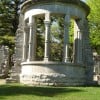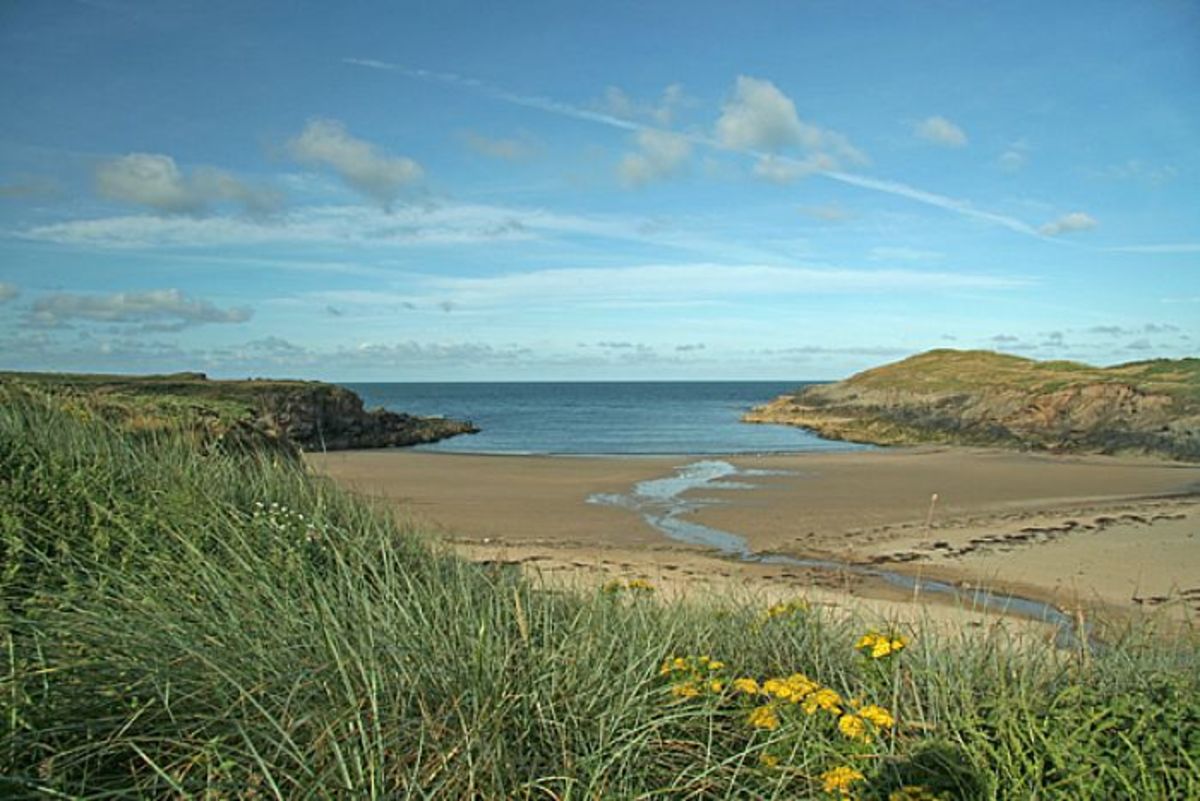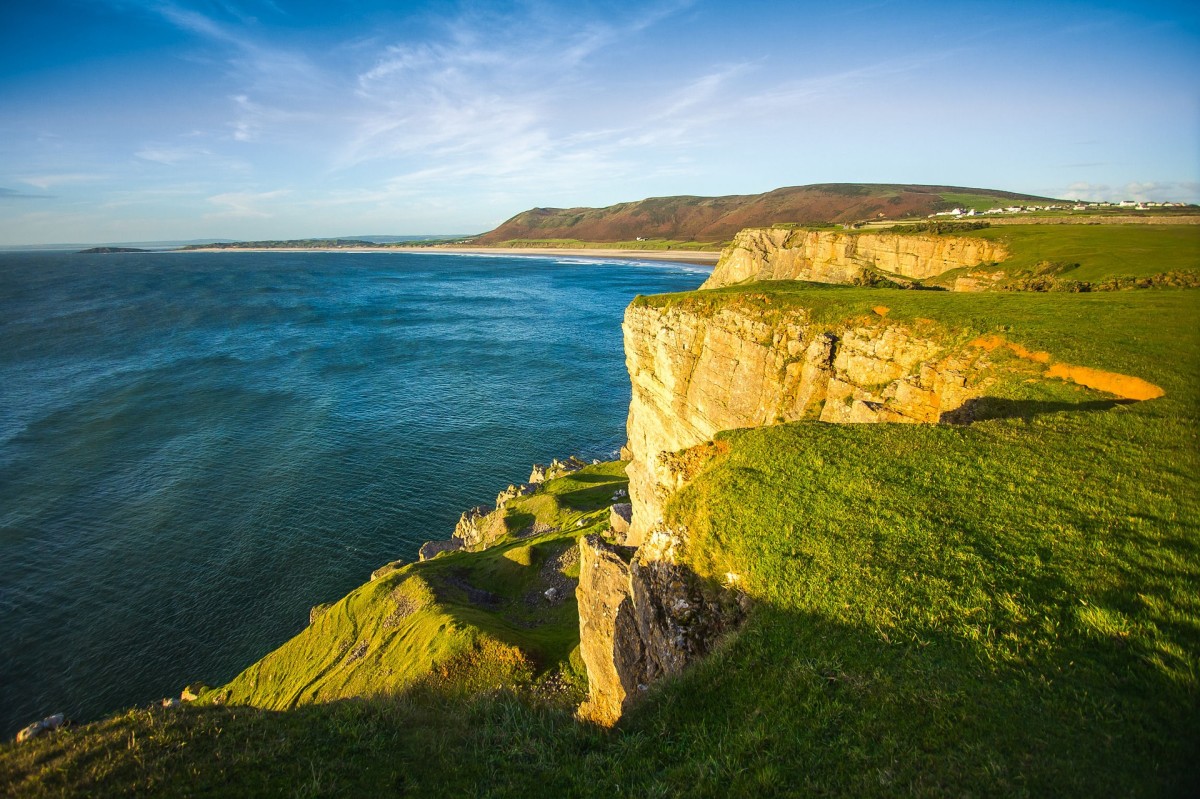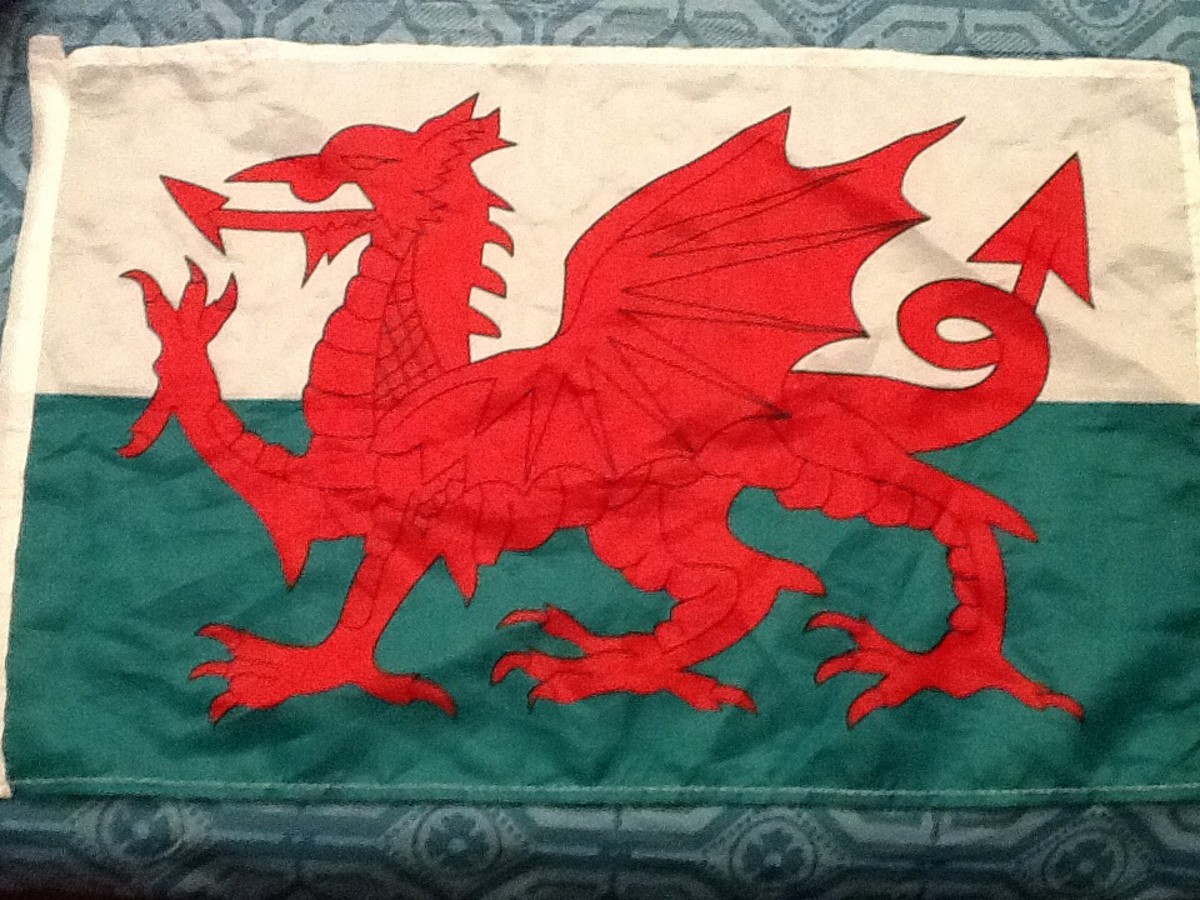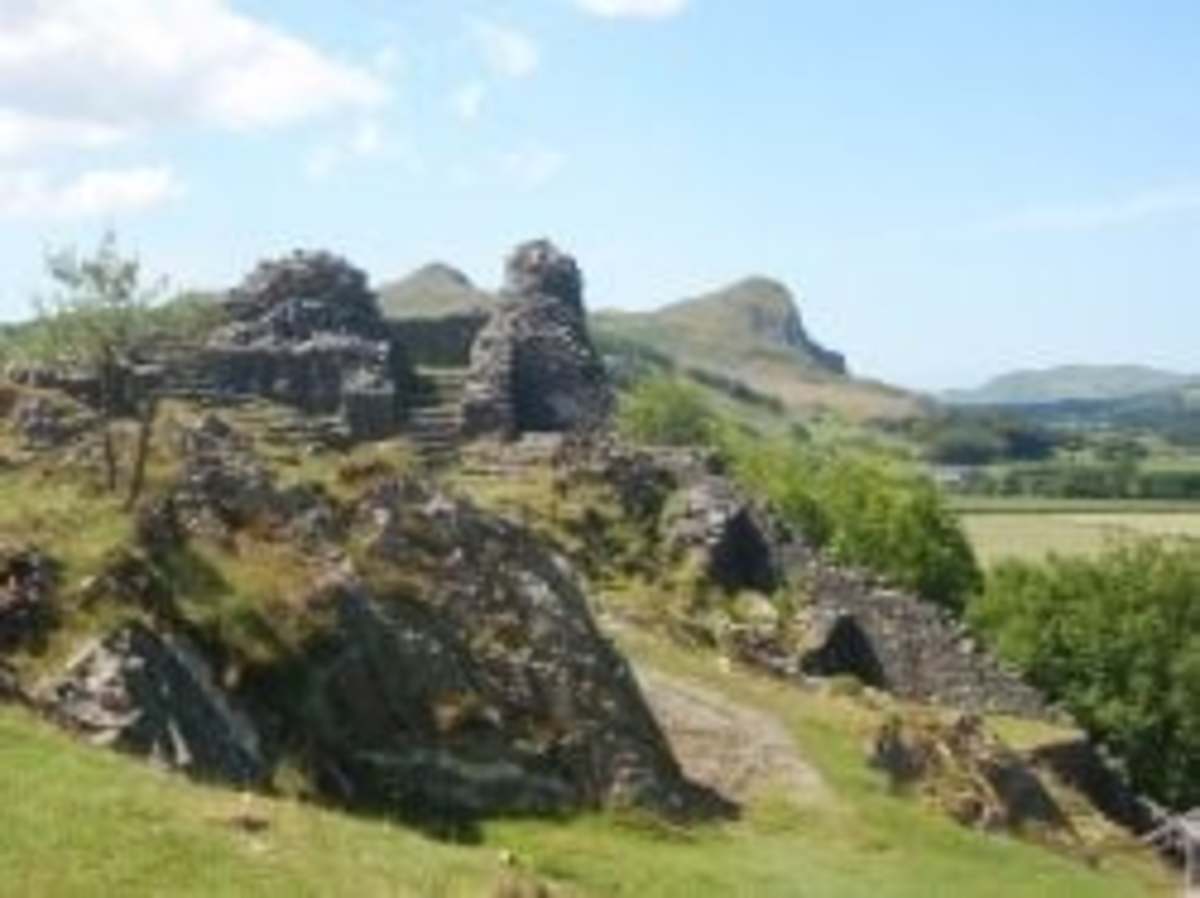- HubPages»
- Travel and Places»
- Visiting Europe»
- United Kingdom
Visiting St. David's, Wales: Cathedral village on the edge
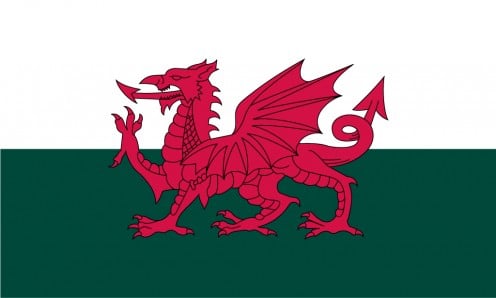
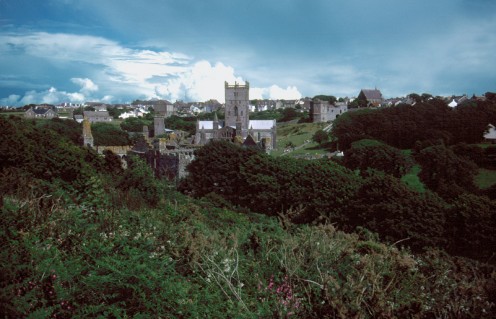
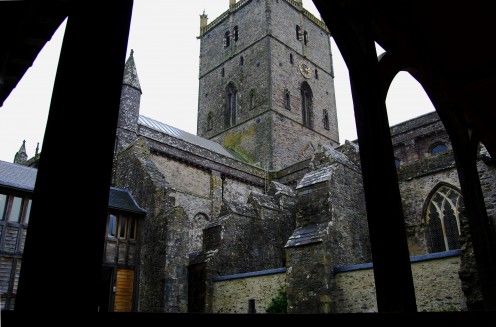
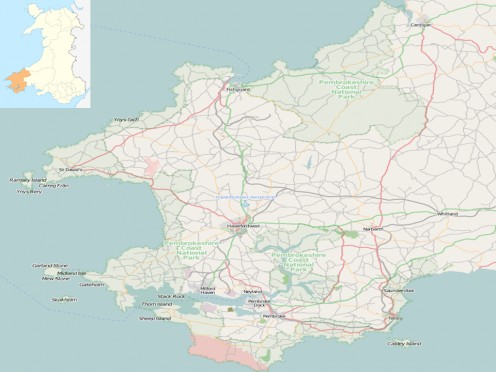
Nothing changes much...
So I came to the cathedral city of St. David's , in Wales.
Actually it's a village. But St. David's (Welsh: Tyddewi ) has a cathedral and in British calculations this is enough to qualify it as a city. Whereas many much larger British towns might not be called cities.
Ask someone if he or she has been to St. David's and in their response likely there will never be any doubt: either they have or they haven't; because St David's is not a place you go through; you either to it, or or you don't go at all. In short, — though central to local people's esteem —it is geographically at the periphery of West Wales, near the westernmost tip of Pembrokeshire (Welsh: Sir Benfro ).
This is not to say it is completely off the beaten track; on the contrary, it is near some of the main routes to Ireland via the nearby ferry port of Fishguard (Welsh: Abergwaun ) and the port of Pembroke (Welsh: Y Benfro).
So it's an Anglican Cathedral. But don't call it the Church of England here. In Wales, it's called the Church in Wales (Welsh: Yr Eglwys yng Nghymru ), created by Prime Minister David Lloyd-George in 1920. So what is the difference between the Church of England and the Church in Wales? Well, it means, really, that the Welsh bishops don't sit in the House of Lords. You did say, bishops sitting in the House of Lords? but why would they want to? Never mind why; this is an article about St David's . Yes, but why? Well, because the Crown reposes on the mitres of the bishops. Oh, well, if you say so. So does this mean that if in England the Crown reposes on the mitres of the bishops, and there are no Welsh bishops in the House of Lords, then there isn't the Queen in Wales? No...it doesn't, quite the contrary! (but I'm confused... )
Just go back 1000 / 1500 years, if you feel like it...
The village — the city — and the Cathedral are named after a Welsh church official Dewi Sant (later a Pope of Rome gave him the title of Saint David ). He is reckoned to have died in the year 589, some say, at the age of over 100. Traditionally his bones are supposed to repose in what is now St David's Cathedral , although it is known that his shrine was regularly raided by Vikings , who hardly shared the desire of some Welsh people to venerate the bones. The Cathedral seen today at St. David's was built in 1181.
The Reformation came in the 16th century, when in St. David's Cathedral somewhat more of an emphasis was placed on the Bible. But in some ways I don't think much has changed in St David's for the past 800 or 900 years. Village life continues to be quiet, and if you visit the Cathedral on a windswept, winter's day when the choir is singing, don't be surprised if the choristers outnumber the parishioners.
Also worth seeing:
Nearby Pembroke has a Medieval castle which should definitely be on the 'to do' list of any first time visitor to the area.
Solva , (Welsh: Solfach ) between Pembroke and St. David's , is a quaint and picturesque little port.
...
How to get there: Continental Airlines flies to London Heathrow Airport , from where car rental is available. London Heathrow is approximately 390 kilometres from St David's . Please check with the airline or your travel agent for up to date information.
MJFenn is an independent travel writer based in Ontario, Canada.
Other of my hubpages may be of interest
- Visiting Hay-on-Wye, Wales: books galore and a ruined castle
For some people, an ideal place to visit would be one with a historical setting, with fine old buildings, plenty of books to look at, and an unhurried environment. Booksellers' industry Well, Wales... - Visiting Longford, Ireland: where three historic provinces meet
The name Longford, Ireland, refers to both a county in the Irish Midlands and to a town, which is the administrative capital of the country. Longford itself is in the historic province of Leinster, while... - Visiting Cuilcagh, and western Co. Cavan: hillwalking country in Ireland
I used Swanlinbar (Irish: An Muileann Iarainn) as a base for walking to Cuilcagh mountain, situated in County Cavan (Irish: Contae an Chabhin) in north-west Ireland. A little geography It may be noted...
